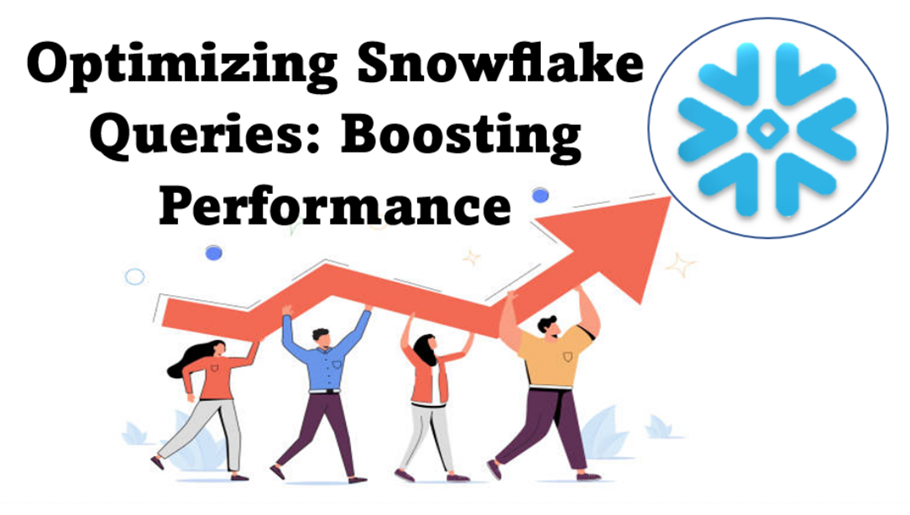
Image Source: Google
Snowflake is a cloud-based data platform that allows businesses to store and analyze large amounts of data in a scalable and cost-effective manner. One of the key features of Snowflake is its search functionality, which allows users to quickly search through vast amounts of data to find the information they need.
However, to maximize the efficiency of search in Snowflake, it is important to implement search optimization strategies. If you want to know how businesses can optimize their search capabilities in Snowflake to improve efficiency and save time, you may check https://keebo.ai/snowflake-optimization/.
Understanding Snowflake Search
Before diving into search optimization strategies, it is important to understand how search works in Snowflake. Snowflake uses a SQL-based syntax for searching through data. Users can run queries using the "SELECT" statement to retrieve data from tables in the Snowflake database. Snowflake's search functionality is powered by its indexing and caching capabilities, which allow for fast and efficient search operations.
Key Components of Snowflake Search
- Indexes: Snowflake uses indexes to optimize search performance by creating an index on the columns that are frequently searched. This allows Snowflake to quickly retrieve data based on the search criteria.
- Caching: Snowflake utilizes caching to store frequently accessed data in memory, reducing the need to fetch data from disk every time a search query is run. This helps improve search performance and efficiency.
- Metadata: Snowflake stores metadata about the data in its database, which can be used to quickly locate the relevant data during a search operation. This metadata is crucial for efficient search in Snowflake.
Optimizing Search in Snowflake
Now that we have a basic understanding of how search works in Snowflake, let's explore some strategies to optimize search efficiency in Snowflake:
1. Create Indexes on Frequently Searched Columns
- Identify the columns that are frequently used in search queries.
- Create indexes on these columns to speed up search operations.
- Regularly monitor and update indexes to ensure optimal search performance.
2. Utilize Materialized Views
- Create materialized views for complex or frequently executed search queries.
- Materialized views store the results of a query, allowing for faster retrieval of data.
- Refresh materialized views as needed to keep the data up-to-date.
3. Optimize Query Performance
- Write efficient SQL queries to minimize search times.
- Avoid using unnecessary joins or subqueries that can slow down search operations.
- Use EXPLAIN PLAN to analyze query execution and identify areas for optimization.
4. Leverage Snowflake's Caching Mechanism
- Take advantage of Snowflake's caching mechanism to store frequently accessed data in memory.
- Monitor cache hit rates and adjust caching settings as needed for optimal performance.
- Consider using result caching for queries that return the same results multiple times.
Benefits of Search Optimization in Snowflake
By implementing search optimization strategies in Snowflake, businesses can enjoy a range of benefits:
Improved Search Performance
- Search queries are executed faster, allowing users to quickly retrieve the information they need.
- Reduced search times lead to increased productivity and efficiency within the organization.
Cost Savings
- Optimizing search in Snowflake can reduce the amount of compute resources needed for search operations.
- Efficient search operations result in lower operational costs for businesses using Snowflake.
Enhanced User Experience
- Fast and efficient search capabilities in Snowflake improve the overall user experience for employees working with data.
- Users can quickly find the information they need, leading to higher satisfaction and productivity.